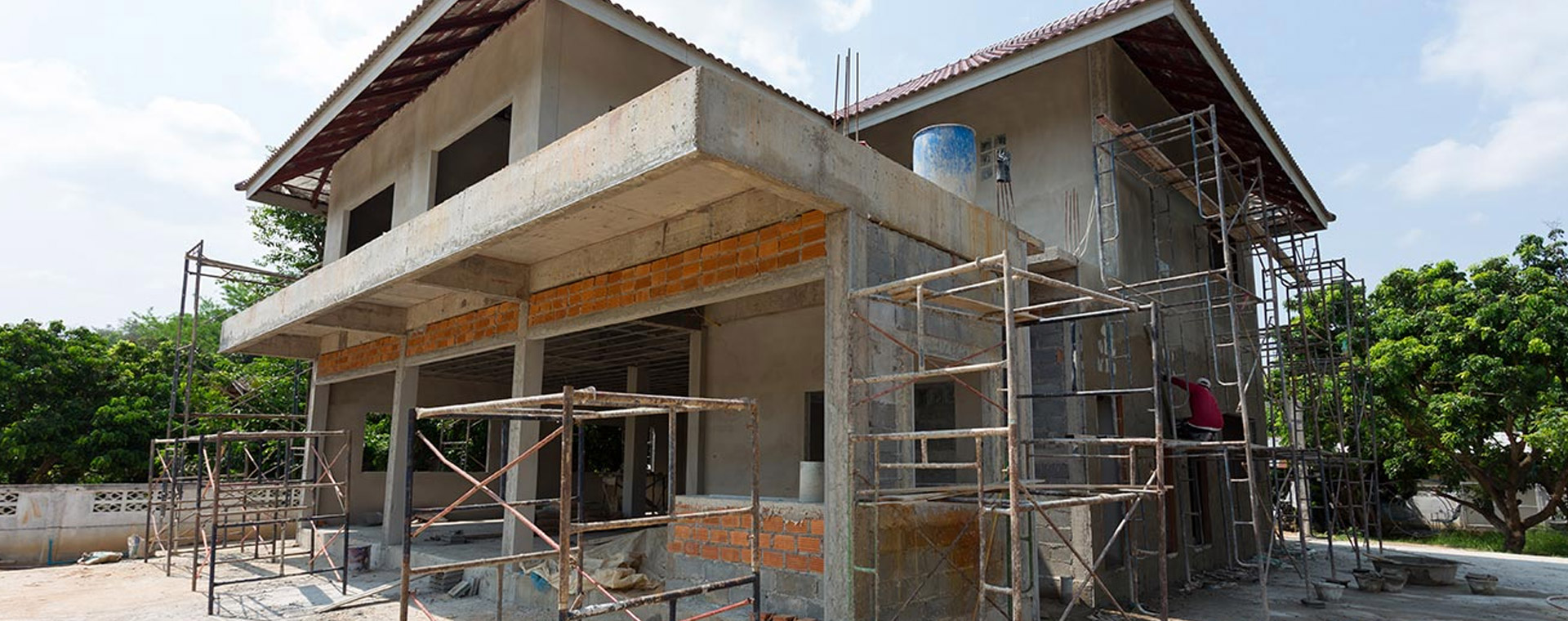Planning for the Long-Term: Factors for Contemporary Dwellings

Creating a modern home is an exciting adventure brimming with countless decisions and distinct opportunities to craft a space that represents your personal style and fulfills your specific needs. Starting with selecting the right floor plan to integrating the latest design trends, the process can be daunting but rewarding. As you begin this journey, it’s crucial to understand the different aspects of new home construction, including timelines, budgeting, and the choices that will impact both the beauty and functionality of your home.
In the current market, potential homeowners face the crucial decision between constructing a new home or acquiring an existing one. With advancements in technology and a growing emphasis on sustainability, designing for the future means considering not only aesthetic preferences but also energy efficiency and smart home features. In this article, we will guide you through the essential considerations for new home construction, guaranteeing that you are well-prepared to make informed decisions every step of the way.
Detailed Blueprint to Constructing a New Home
Building a new home is an stimulating yet intricate process that demands meticulous planning and execution. The first step starts with determining a budget and obtaining funding. This entails evaluating your financial situation, considering the costs of property, materials, workforce, and other expenses that may emerge. Once you have a well-defined allocation of resources, research different financing pathways that are tailored for new builds, as they can vary from traditional home loans.
After money matters are made, the subsequent stage is choosing a fit plot and conceiving your home. Finding the right lot is vital; consider criteria like proximity to educational institutions, jobs, and services. When it comes to design, focus on what matches your personal choices and tastes. Partner with architects or designers to develop a blueprint that satisfies your expectations while being aware of the current trends in architecture and sustainable options.
Once the layout is completed, the next phase involves hiring a qualified contractor. Do comprehensive research to find contractors with a strong reputation and experience in new home construction. Obtain quotes, check referrals, and ensure they are licensed and covered. After deciding on a construction firm, the priority shifts to the actual construction, where you will work closely with them to oversee progress, implement changes, and ensure that the project stays within budget and timeline.
Funding and Cost Management Your New Home
Creating a new home is an thrilling journey, but it also comes with substantial financial aspects. First, it is important to examine your financing options. Standard mortgages may not be suitable for modern construction, so consider building loans, which support the cost of building until the home is ready. These loans often transition to a fixed mortgage, permitting you to finance the home in periods as construction advances. Southern Highlands NSW Builder to find terms that suit most effectively for your budget and extended financial goals.
Once you have secured financing, creating a detailed budget is essential. This budget should include not only the construction costs but also potential hidden costs like permits, evaluations, and outdoor design. It's prudent to set aside a contingency fund for unexpected expenses that may arise during the build. Knowing where to cut back or spend can profoundly impact your complete satisfaction with the endeavor. Make informed decisions about which upgrades are essential and where you can cut costs without jeopardizing quality.

In conclusion, grasping the financial outlay associated with your future home building will help you plan efficiently. Keep in mind that the costs of materials and labor can change, so keep aware about current market conditions. Consulting with your builder about financial guidance can provide invaluable advice to make sure your financial plan aligns with your vision for your new home. With the right economic approach in place, you can savor the journey of creating your future residence.
Understanding the Construction Procedure
The construction process of a fresh house involves several key phases, which are essential to the successful completion of your project. It begins with site readiness, where the land is cleared, graded, and dug to make way for the foundation. Following this, the structure of the home is built, which includes the setting up of walls, the roof, and glazing. This phase is vital as it establishes the stage for the overall building stability and aesthetic of the house.
Once the basic structure is in place, the next phases include plumbing, electrical, and HVAC installations. These installations are vital for ensuring convenience and functionality in your fresh house. Building inspectors will often be brought in at different phases to ensure that all aspects complies with local building codes and safety regulations. Proper scheduling during this process can assist prevent delays, allowing for a smoother building schedule.
Finally, the finishing touches are applied, which consist of installing the floors, cabinetry, fittings, and landscaping. This is when your dream truly comes to life. The final walkthrough is an important step before finalizing on the home, allowing you to address any final concerns. Understanding each of these stages can help you remain informed and engaged throughout the construction procedure, making sure your new house meets your expectations.
